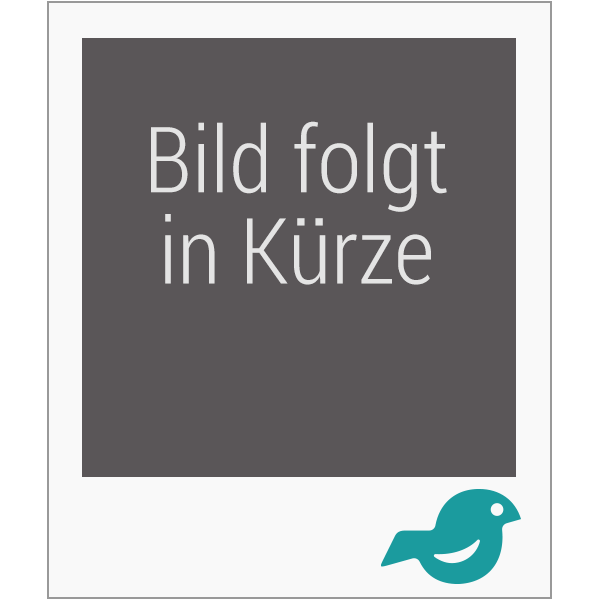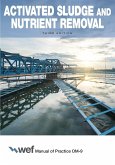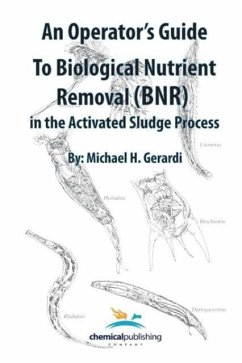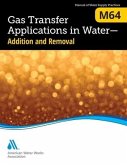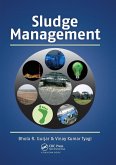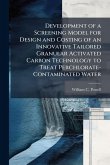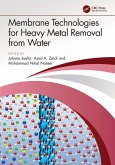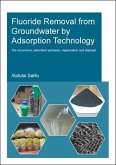The fourth edition of Activated Sludge and Nutrient Removal, MOP OM-9 reflects industry best practices and the latest advances. It is the primary reference for the operation of the activated sludge process. Expanded content includes an updated process control section with step-by-step examples for calculations, a new laboratory chapter with detailed directions for common process control tests, and an introduction to using modeling for process control. Operators are guided through selecting an appropriate sludge age, calculating wasting rates, optimizing return-activated sludge flow, managing clarifier blankets, and setting DO and ORP set points. Advanced concepts in nutrient removal and biological process modeling are also addressed. Practice questions have been added to the end of each chapter to help the reader enhance their understanding of the material and retain information vital to solving performance problems and improving operations. Features & Benefits - Practice questions at the end of each chapter - Covers advanced concepts such as nutrient removal and biological process models - Updated process control section with step-by-step examples for calculations
Bitte wählen Sie Ihr Anliegen aus.
Rechnungen
Retourenschein anfordern
Bestellstatus
Storno

